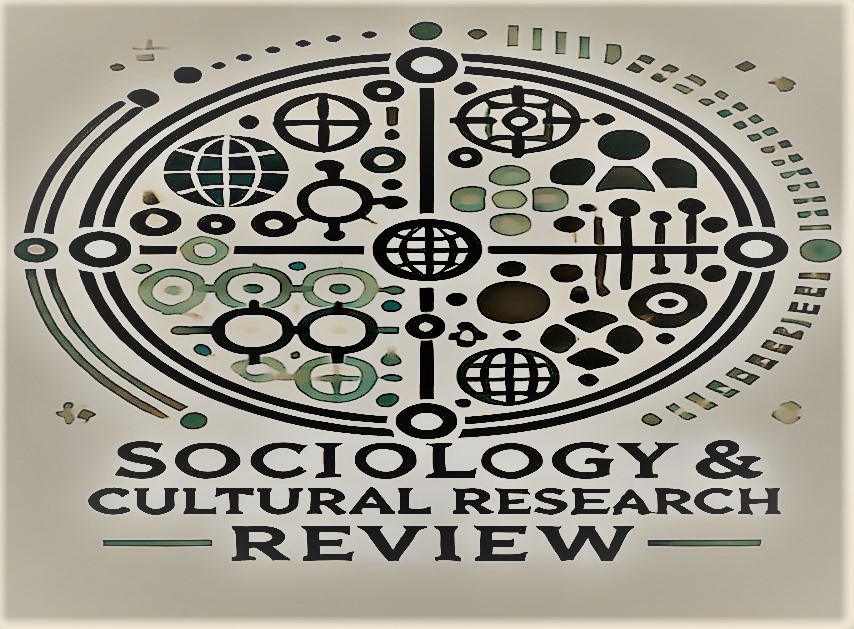The Northern Sea Route: A Strategic Flashpoint in the Emerging US-Russo Arctic Rivalry
Abstract
The dramatic warming of the Arctic reshapes the Earth's geopolitical implication; the Northern Sea Route (NSR) has become the focal point of rivalry between the United States and Russia. This study looks at Russian strategic investment and military developments aimed at dominating the NSR and compares them to the strategic responses and concerns of the United States. To support the year-round navigation, Russia has significantly expanded its Arctic infrastructure, including the modernization of key ports and development of nuclear-powered icebreakers and economic gains from more ships sailing through the Arctic. As it becomes, Moscow has increased its military post in the Arctic, by reopening Soviet era bases, and deploying advanced missile systems, which reinforce its territorial claims as well as guarantees its interests along NSR. By stark contrast, Russia has been increasingly concerned for the United States, which has stressed the need to preserve freedom of navigation and to not militarize the Arctic. The Arctic region of the U.S. has sought to strengthen its relationships with other Arctic nations and has sought to foster its own capacity to operate out of the region. Furthermore, this interplay manifests the why the NSR is set to play such an important role in determining the future geopolitical landscape of the Arctic and, as a result, international trade, security and environmental stewardship.
Keywords: Northern Sea Route, Arctic Geopolitics, U.S.-Russia Rivalry, Strategic Investments, Military Developments, Arctic Infrastructure, Freedom Of Navigation, Environmental Stewardship




